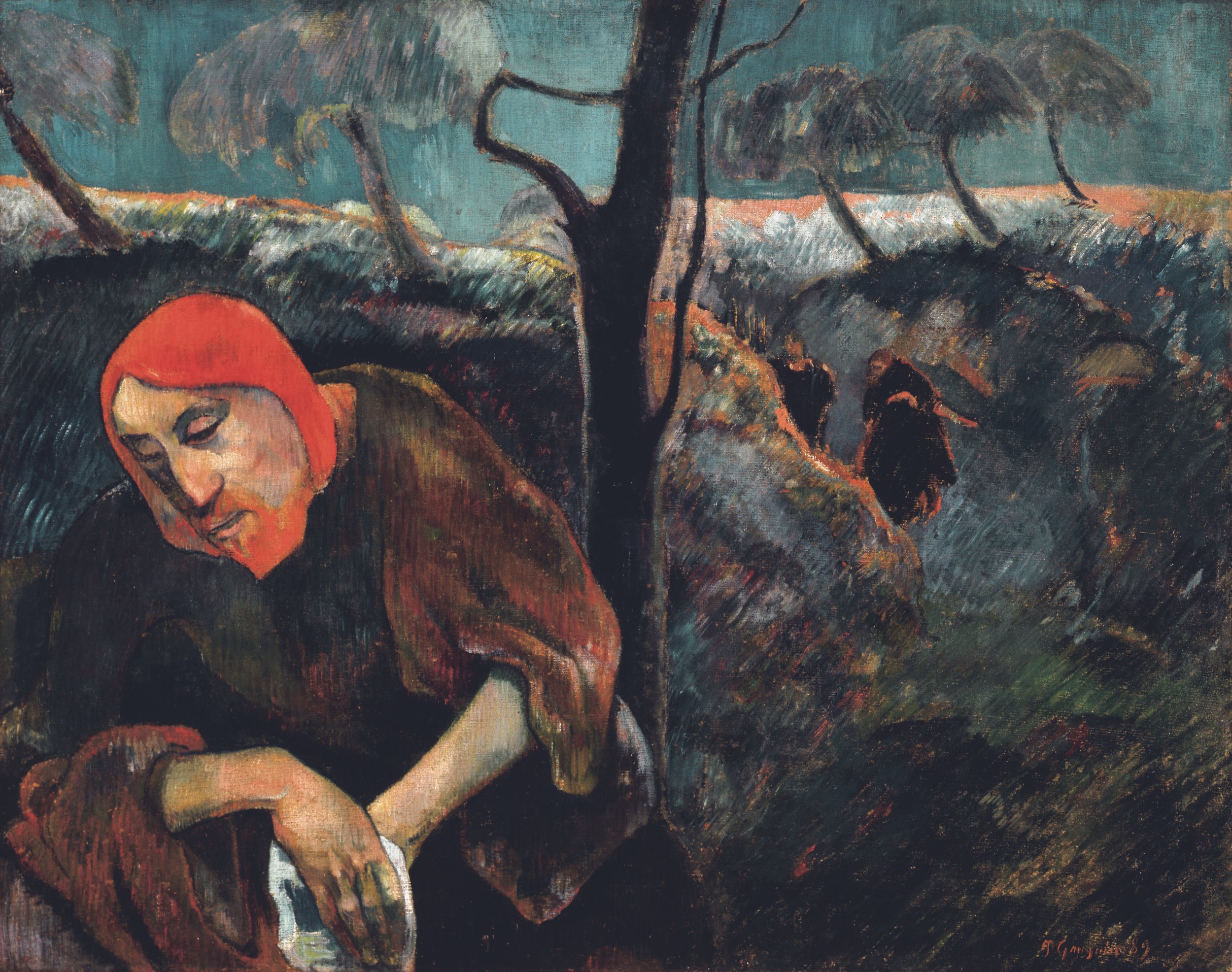This feature essay for April’s Give Us This Day was written immediately after the funeral of Tom Stegman, SJ, in 2023. I’ve lost three more friends in the months since. I’m not alone—you too have lost friends and loved ones, and you too have had times when you felt that the losses just kept coming. These are the days when we decide if we really believe what we say we believe, the days we hear each other whispering and encouraging, “We are an Easter people.” These are the days when we dig deeply within ourselves to find an Amen, even an Alleluia—when perhaps we finally understand what it means to say that death and resurrection are a single event, that we can speak them in a single breath, and share them with one another as a single gift. Happy Easter, all.
From the Ground Up
There was a man named Jesus. Born in Bethlehem, raised in Nazareth, preached in the land of Israel. In a time of political and religious tension, Jesus of Nazareth saw the writing on the wall. His work was coming to an end. One night after a meal, he walked the countryside, one foot in front of the other, to a grove of olive trees, a place he liked to go. He had a terrible decision to make, a terrible night to pass. He threw himself on the ground and lay face down in the dirt of the garden (Mark 14:35).
There were two women named Mary. One foot in front of the other, they were on their way to visit the body of a dead man. Wracked with grief, their sole consolation was the duty before them, to care for his body, the body of Jesus of Nazareth. And suddenly he appeared before them—himself but more, alive but more—risen, glorious, eternal. They fell to the ground in belief and disbelief, the two so often bleeding into each other (Matt 28:9).
There was a man named Saul. He traveled along a well-worn road, the road from Jerusalem to Damascus, on his way to stifle faith in a man named Jesus. One foot in front of the other, with zeal and determination, he walked. He walked until a flash of light and a voice like a waterfall—the voice of Jesus of Nazareth—knocked him to the ground. Face down in the dirt, life as he knew it fell apart as the sound and light scattered all around him (Acts 9:3-4).
Scripture insists, Scripture repeats: on the ground is not a bad place to be. This is the place where we grapple with life—and death. This is the place where we grieve and fight—the place where we believe, doubt, believe again—the place of resolve and resilience. The place we are remade.
Jesus stood up and set his face to Golgotha, dusting himself off in the center of that beautiful grove of trees, announcing to his drowsy disciples: “The hour has come!”
The two women stood up, letting go of the feet of Jesus. They dusted themselves off and stood tall. They looked him in the eye and knew. It was time to tell the Good News.
Saul stood up. He saw nothing but darkness. But within, all was light. He dusted himself off—the dirt of that road still clinging to his face and feet. That blessed dirt, the dirt of Damascus, that place of being utterly and completely changed.
Scripture insists, Scripture repeats: no matter where we fall, no matter how long we lie there, no matter the grief or fight that took us down, the dirt beneath us is sacred ground. It is from this place that we will stand again—ourselves but more, alive but more. Dusting ourselves off, we will walk on—all light within—one foot in front of the other.
* * * * * * * * * *
Amy Ekeh, from the April 2024 issue of Give Us This Day, www.giveusthisday.org (Collegeville, MN: Liturgical Press, 2023). Used with permission.
Christ and the Garden of Olives, Paul Gauguin (1889)

